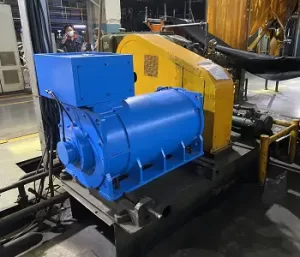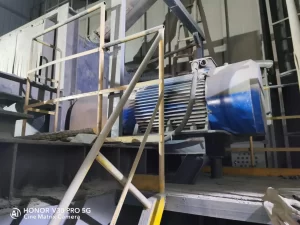PREVIEW
How can permanent magnet motors be categorized?
According to the magnet and attachment style and the design of the rotor, rotor permanent magnet synchronous motor can be divided into two categories:

Features about different types of permanent magnet motors
Surface permanent magnet synchronous motor:
Interior permanent magnet synchronous motor:
How to utilize permanent magnet motors under certain situations?
Surface permanent magnet synchronous motor is primarily adapted to the following situations:
Because the surface permanent magnet synchronous motor has a high torque capacity, it is suitable for occasions requiring low speed and high torque, such as lifting equipment, transportation equipment in the petrochemical industry.
Surface permanent magnet synchronous motor has high efficiency and power factor, which can effectively reduce energy consumption, and is suitable for occasions with high energy saving requirements, such as fans and pumps in the industrial production process.
Because the surface permanent magnet synchronous motor uses permanent magnet materials, its magnetic properties are affected by temperature to great extent. In low temperature environment, surface PMSM has better performance than interior PMSM.

Interior permanent magnet synchronous motor is mainly suitable for the following conditions:
Due to the high starting performance of the interior permanent magnet synchronous motor, it is suitable for occasions that need to start quickly, such as the oil industry pumping unit.
Interior permanent magnet synchronous motor has higher efficiency, which can effectively reduce energy consumption, suitable for occasions with higher energy saving requirements, such as fans and pumps in the industrial production process.
In high temperature environment, the interior permanent magnet synchronous motor has better performance than the surface permanent magnet synchronous motor.
The interior permanent magnet synchronous motor has eminent operating stability, which is suitable for occasions with high operating stability requirements, such as the spindle transportation or in the textile industry.